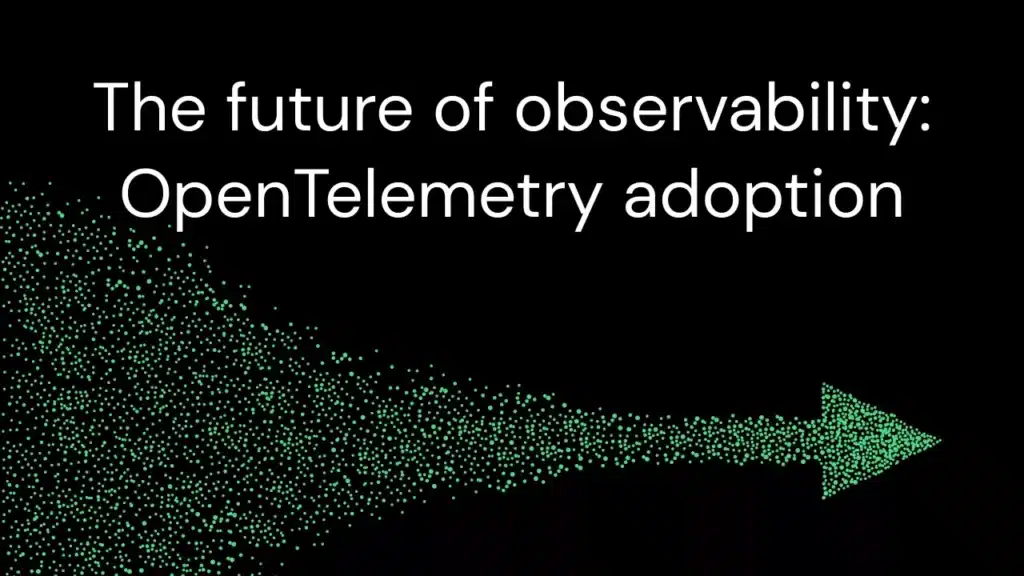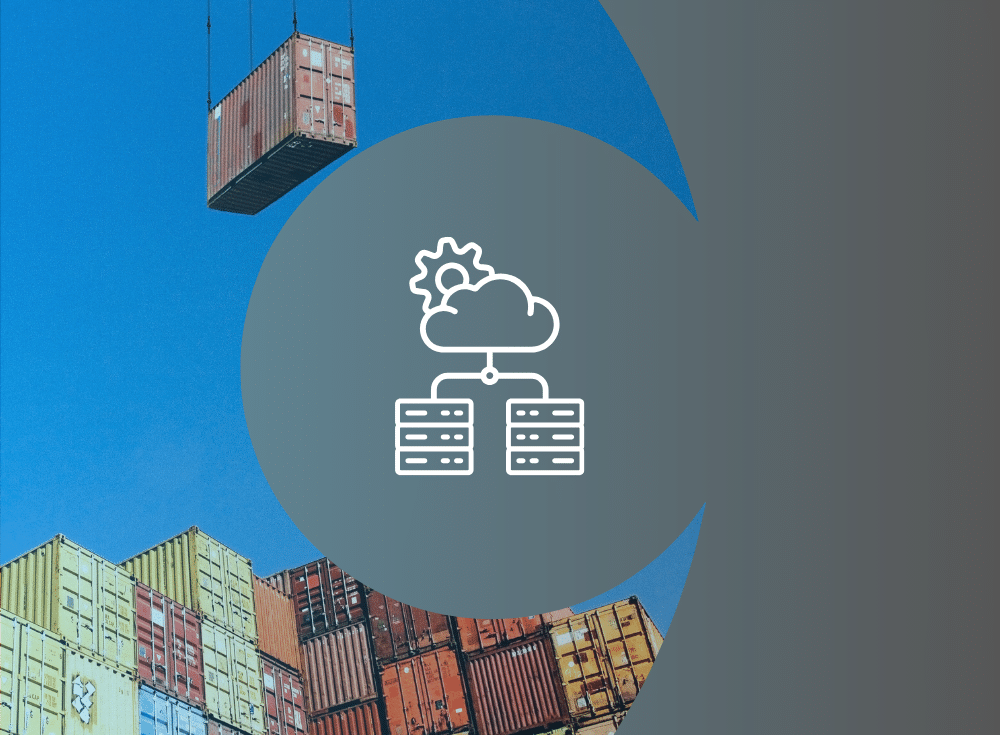Chronosphere has its eye on the future of observability. We are constantly talking to companies and industry experts about the observability challenges ahead so we can be sure Chronosphere is part of the solution. Sharing is caring, so we’ve started a video series talking about hot observability topics and we’re summarizing those discussions in some quick-read blogs.
We kick things off with the spotlight on Chronosphere co-founder and CEO, Martin Mao, who shares his insights with Chronosphere Technical Writer, Chris Ward, about why 2022 will be a big year for OpenTelemetry adoption.
Chris: OpenTelemetry has steadily gained adoption over the past couple of years. We’ve seen organizations increasingly reject an unstandardized approach to observability and stick to open standards. What do you predict for the rest of 2022 in terms of this further shift to open standards, open protocols, and, most specifically, OpenTelemetry?
Martin: As you rightly pointed out, there has been a shift toward open standards in the observability space over the past few years. We see that on the metrics side with Prometheus. With logs slightly less so, but there’s a lot of standardization in the collection agents through fluentbit and Fluentd. Here are a few reasons why OpenTelemetry in particular is quickly gaining standardization:
- Tracing is the newer of the three data types (logs, metrics, and distributed traces). And unlike logging and metrics, tracing has the least amount of baggage, which makes it the easiest data type when it comes to open source adoption.
- Single teams struggle to get value out of distributed tracing. With metrics and logs, a single team—and a single use case— you can instrument using the open source standards and that team can get value out of it. Distributed tracing is different because it’s not just one service or your own application. You really need that context propagated through all of the microservices— the end-to-end of the flow. This means it is even more critical that these standards are applied across the whole stack to really get the value out of it.
- If you see what’s happening with the industry right now, even proprietary vendors are getting behind this one standard. In addition to benefiting the end users, it benefits these vendors because all the pieces of software in the industry now propagate this context. So if you can standardize the instrumentation as well as the propagation, it helps both the end user side and the vendor side.
These are a few reasons why OpenTelemetry adoption has been speeding up a lot. As we talk to different companies, I think this year we’ll see OpenTelemetry gaining critical mass because:
- The different client libraries and different languages are instrumented now
- The collection agents are there
- People are using it for real-world use cases
- And it has weight behind it from the end user side and the vendor side as well.
This is great for the end users because it means that you don’t need to care about which vendor or open source solution you use to store the data. You do the instrumentation once and that should future-proof you, depending on what other decision you make down the track.
Chris: Why do you think OpenTelemetry adoption will see gains specifically this year?
Martin: It’s not just adoption of the standard, but we are seeing a critical mass of clients and programming languages.
Distributed tracing is harder than metrics and Prometheus because you need the whole end-to-end request flow brought in. We’ve been seeing companies attempt to do this for many years now, but we’re actually seeing a higher rate of success in at least the instrumentation side of things this year. It’s a culmination of years of things that are happening in the industry to get to this point.
Chris: In the three data points you mentioned earlier, are there any other emerging open standards that are worth keeping an eye into 2023?
Martin: Prometheus would be one for the metrics standard protocol. We’re seeing that most business software has native Prometheus integration, and, as people go cloud native, that seems to be the protocol of choice. Prometheus is quickly becoming the standard for the metric data type.
Watch the video below to listen in on the full discussion about OpenTelemetry adoption. In the upcoming weeks, you can expect more videos on new topics ranging from high cardinality, the three phases of observability, to the future of PromQL with Julius Volz. Stay tuned to this space for more, and also make sure to subscribe to the Chronosphere YouTube channel so you don’t miss any future videos.




